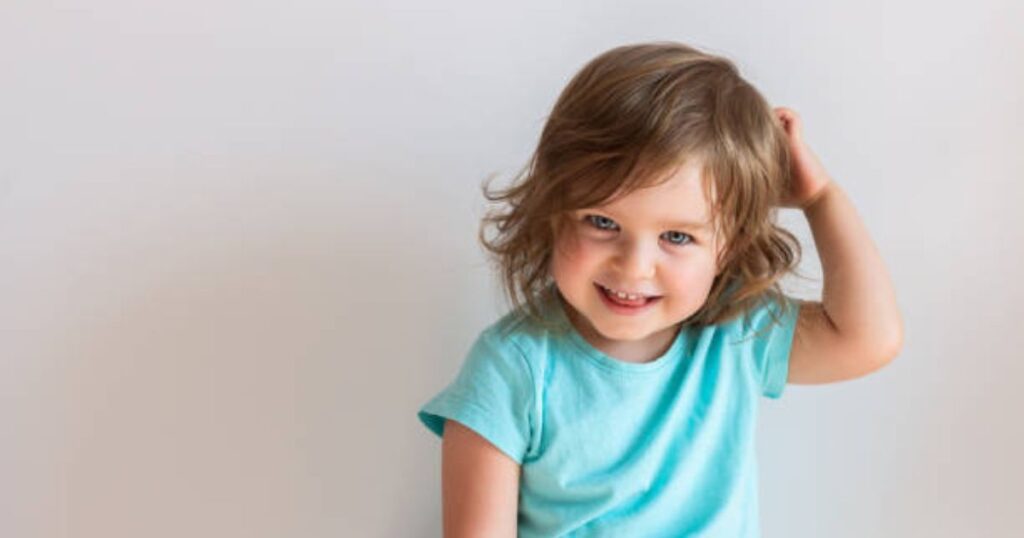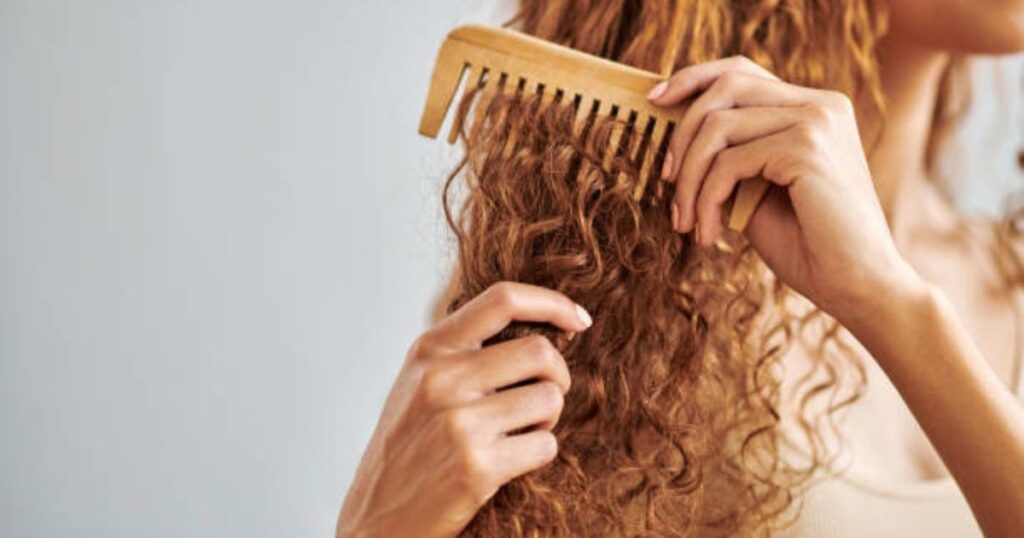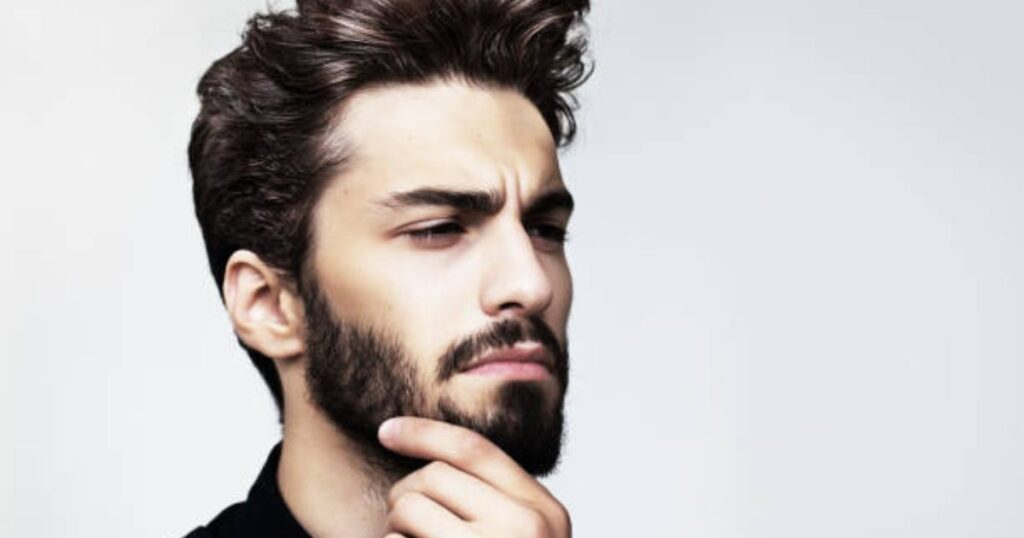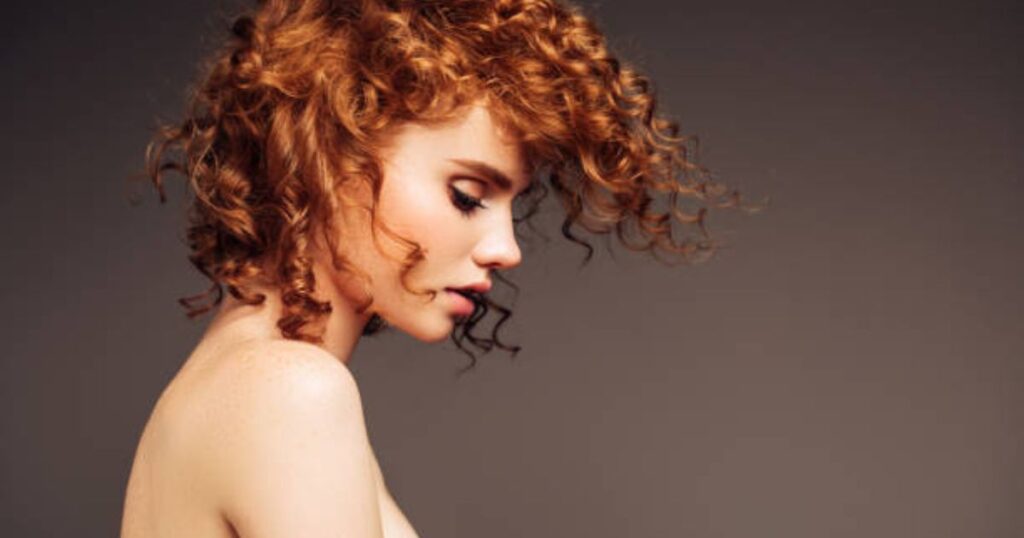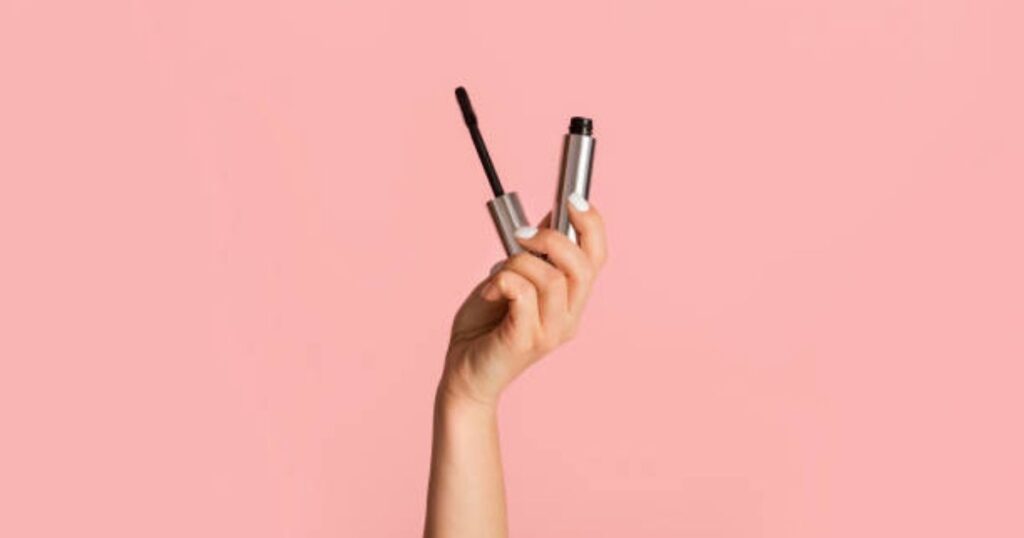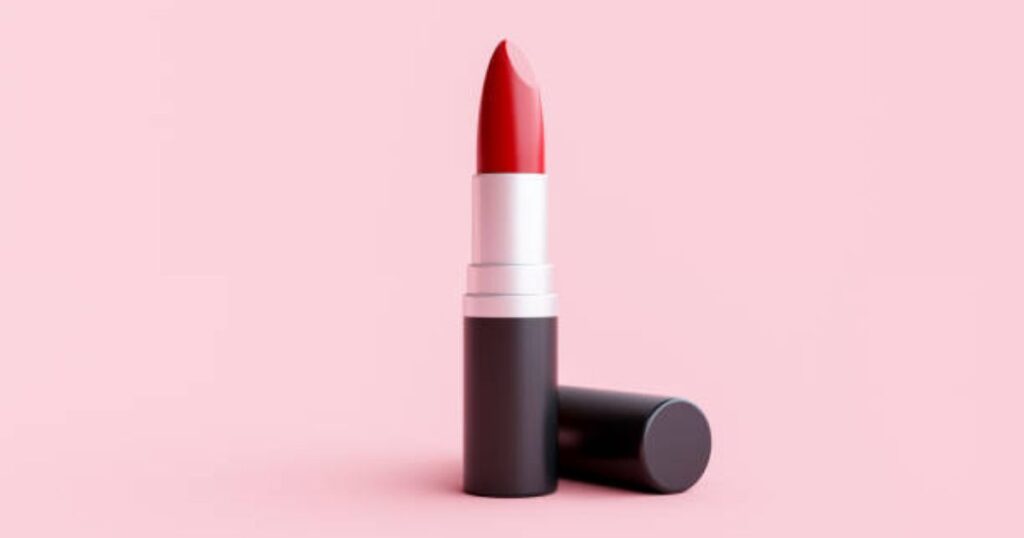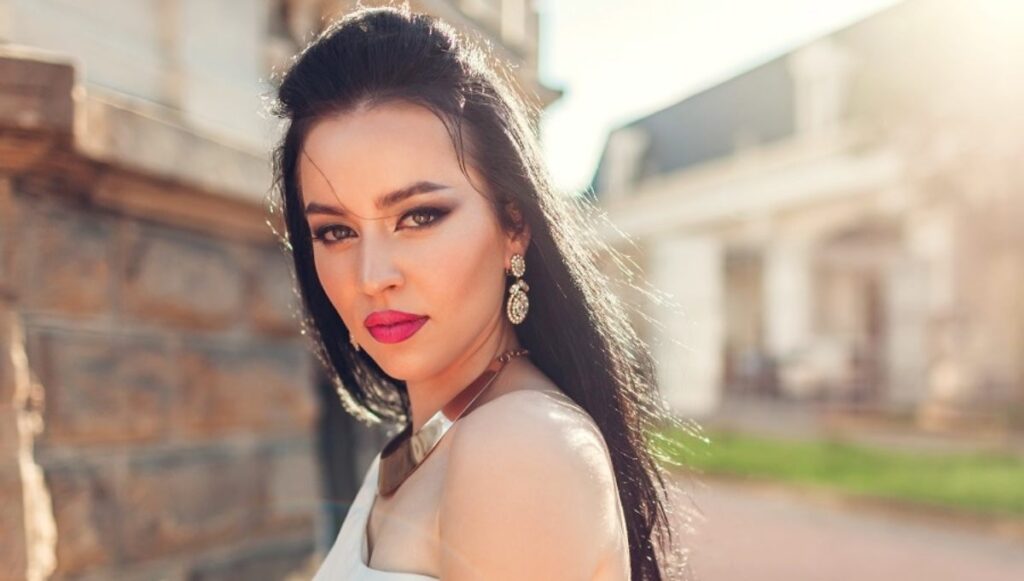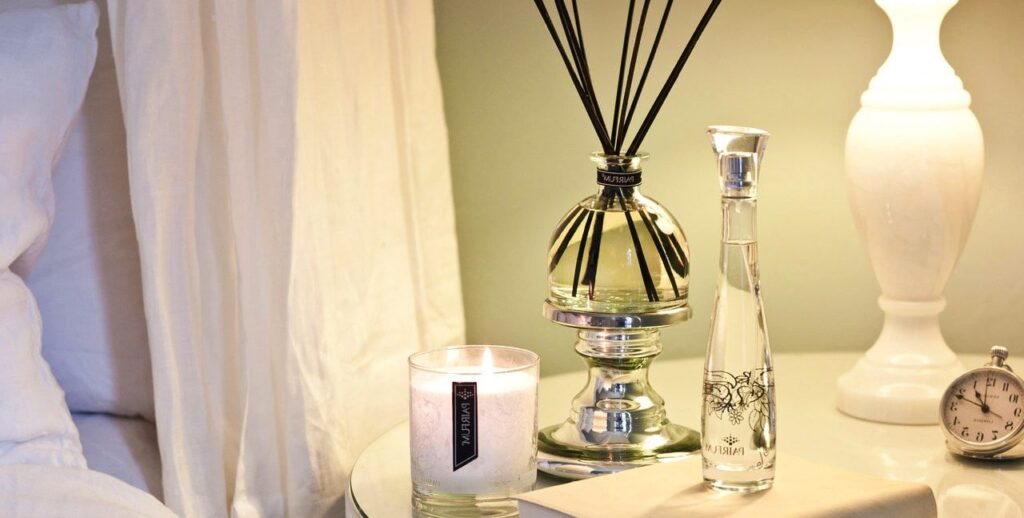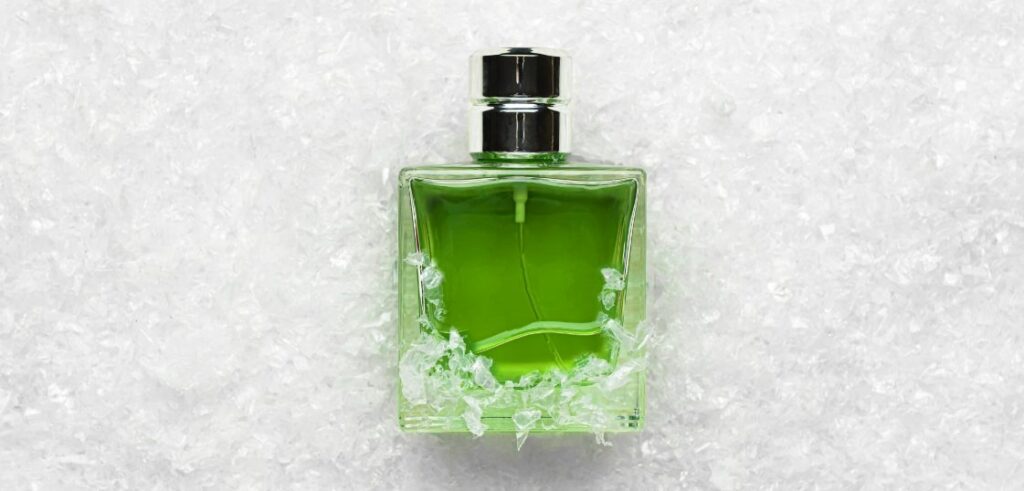How to Style Baby Girl Hair?
Styling your baby girl’s hair is a charming way to enhance her adorable looks while creating precious moments together. Keeping it simple and comfortable is key for both you and your baby. In this guide, we’ll explore easy and practical hairstyles, maintenance tips, and essential care routines for your baby girl’s hair. Toddler Girl Hairstyles 1. Pigtails This classic hairstyle is simple and easy to achieve. Use cute hairbands or clips to secure the hair into pigtails. For an extra touch, consider adding a gentle French braid before tying it up. 2. Floral Headband A timeless and basic baby hairdo, perfect for formal occasions. Use a soft fabric headband and a wide-tooth comb to create a side split, adding a hypoallergenic floral band for a delicate touch. 3. Ponytail A straightforward and cute hairstyle, ensure you brush her hair beforehand to make it easy to tie. Gently pull the hair into a ponytail using a baby-friendly hair tie. 4. Bow-Pinned Hairstyle Ideal for short hair, create a side part and use cute clips to secure it, preventing hair from falling into her face. The CELLOT Baby Hair Clips, a set of 50 bows, are a great option for this style. 5. Bright Butterfly Hair Clips For thin hair, adorn your baby’s hair with small butterfly clips in various colors. The 100 Packs Assorted Color Butterfly from XIEHE offers a wide range of colors for a lovely and colorful look. How to Maintain Your Baby’s Hairstyle? Maintaining your baby girl’s hairstyle can be challenging due to their activity level. Here are some tips to keep her adorable look intact: What Causes Some Babies To Be Born With a Head Full of Hair? Genetics plays a significant role in determining whether a baby is born with a head full of hair. DNA dictates physical characteristics, including hair color and texture. Hormone levels in the womb also contribute, as higher hormone levels in the mother may lead to babies being born with more hair. Essential Tips to Take Care of Your Baby’s Hair 1. Shampooing Shampoo your baby’s hair three times a week with a mild baby shampoo, such as Burt’s Bees Baby Shampoo. Avoid daily washing, as adult shampoos can be too harsh. 2. Oil Your Baby’s Hair with Coconut Oil Apply coconut oil to your baby’s scalp a few times per week to promote hair growth and improve texture. This helps moisturize the hair and prevent conditions like cradle cap. 3. Gently Comb the Hair Use a comb with broad teeth and soft bristles, like the one from Frida Baby, to promote healthy sebum production. Be cautious not to comb too frequently, as the baby’s scalp is fragile. 4. Apply Hair Conditioner For curly or textured hair, use a child-safe conditioner like The Honest Company Silicone-Free Conditioner. Condition after shampooing and rinse with lukewarm water. Check Also: Is Styling Powder Harmful to Your Hair? How to Style Permed Hair in the First 48 Hours? FAQs Can I use adult hair products on my baby’s hair? It’s recommended to use baby-specific products to avoid harsh chemicals. Adult shampoos may be too strong for your baby’s delicate hair and scalp. How often should I shampoo my baby’s hair? Shampoo your baby’s hair three times a week. Daily washing is unnecessary and can strip the hair of natural oils. Are there any specific considerations for babies with curly hair? Yes, use a child-safe conditioner to moisturize curly or textured hair. The Honest Company Silicone-Free Conditioner is a gentle option. How can I prevent cradle cap in my baby? Apply coconut oil to your baby’s scalp a few times per week. This helps moisturize the hair and prevents conditions like cradle cap. Conclusion Styling and maintaining your baby girl’s hair doesn’t require expertise; it’s about creating adorable moments. Achieve these hairstyles with gentle hair ties like Burlyband’s. As you explore the world of baby hair care, remember to embrace the natural charm of your baby’s unique look. Enjoy these precious moments with your little one!

